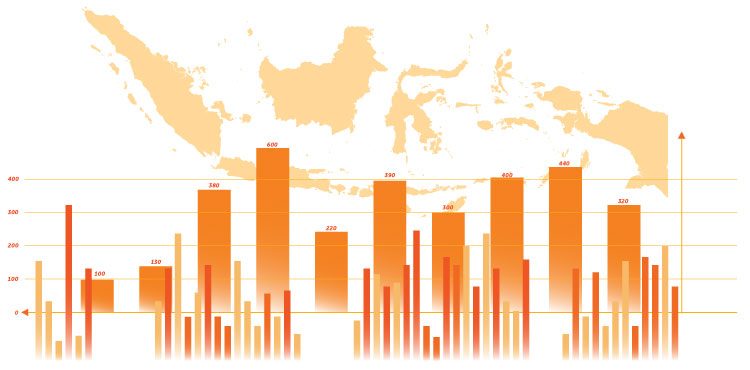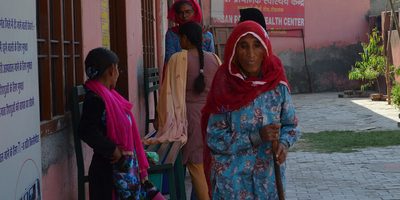
Monitoring health inequalities in Indonesia: moving from commitment to practice
While few, if any, would dispute the importance of paying attention to health inequalities in the process of health reform, in practice, this has proven to be difficult. Thus, even as equity and equality are pivotal aspects of universal health coverage, there is less clarity on how to systematically identify those who are being left out, which is the first in ensuring that they no longer are.
The Department of Information, Evidence and Research of the World Health Organisation, with support from Dr Devaki Nambiar, Program Head for Health Systems and Equity, The George Institute India, has over the past four years developed a system and process of health inequality monitoring relevant for health policy and programming in the SDG era.
Three papers in a special supplement of the journal Global Health Action coming out this year talk about various aspects of health inequality monitoring in Indonesia, drawing upon a 2- year long process in Indonesia. One paper describes the capacity -building process in Indonesia, which involved a wide range of stakeholders from technical agencies, civil society, bilateral organisations and the WHO. The process described here can be adapted for application in other countries wishing to examine and act on health inequalities.
Another paper in the supplement describes a critical initial step in developing a state of health inequality report for Indonesia: data source mapping. Using a simple set of five excel spreadsheets the article describes how data sources for health inequality monitoring may be identified and assessed. The paper lays out the lessons of this process, in terms of both the challenges as well as the opportunities and advantages it has introduced vis-à-vis the use of data from the Indonesian health information system for equity-linked analysis. Refer to full text of the published paper for detailed list data sources on each sheet.
The third paper – which is forthcoming - describes another key element of health inequality monitoring in Indonesia: HEAT Plus software. This open source, readily available version of the Health Equity Assessment Toolkit (HEAT), allows users to upload data on any indicator disaggregated by any dimension of inequality following a simple template. In Indonesia, 11 health domains were analysed using HEAT Plus to produce a national state of inequality report. This tool has utility for health, but also beyond the health sector and may be used to track progress on other Sustainable Development Goals (SDGs) that have quantitative indicators.
Talking about this innovative approach, Dr Nambiar says :
“We are in the SDG era, where our work has to be nothing short of radical in its scope and reach – particularly as it relates to tackling health inequality. These articles point out three necessary components of health inequality monitoring: capacity, data of quality, and analytical software. But these three are by no means sufficient.”
“Health inequality monitoring requires political commitment and champions, as we found in Indonesia. It should also serve the programming needs of decision-makers, and must more directly engage with the direct lived experiences of people. In an ideal scenario, HEAT Plus should be used for subnational, even sub district level decision-making and linked to qualitative, participatory research with communities facing vulnerability. This is the kind of work we at TGI have committed to doing in the coming years.”
Read the World Health Organization's report on State of health inequality: Indonesia
- Read published paper, 'Capacity building for health inequality monitoring in Indonesia: enhancing the equity orientation of country health information systems'
- Read published paper, 'Data source mapping: an essential step for health inequality monitoring'



